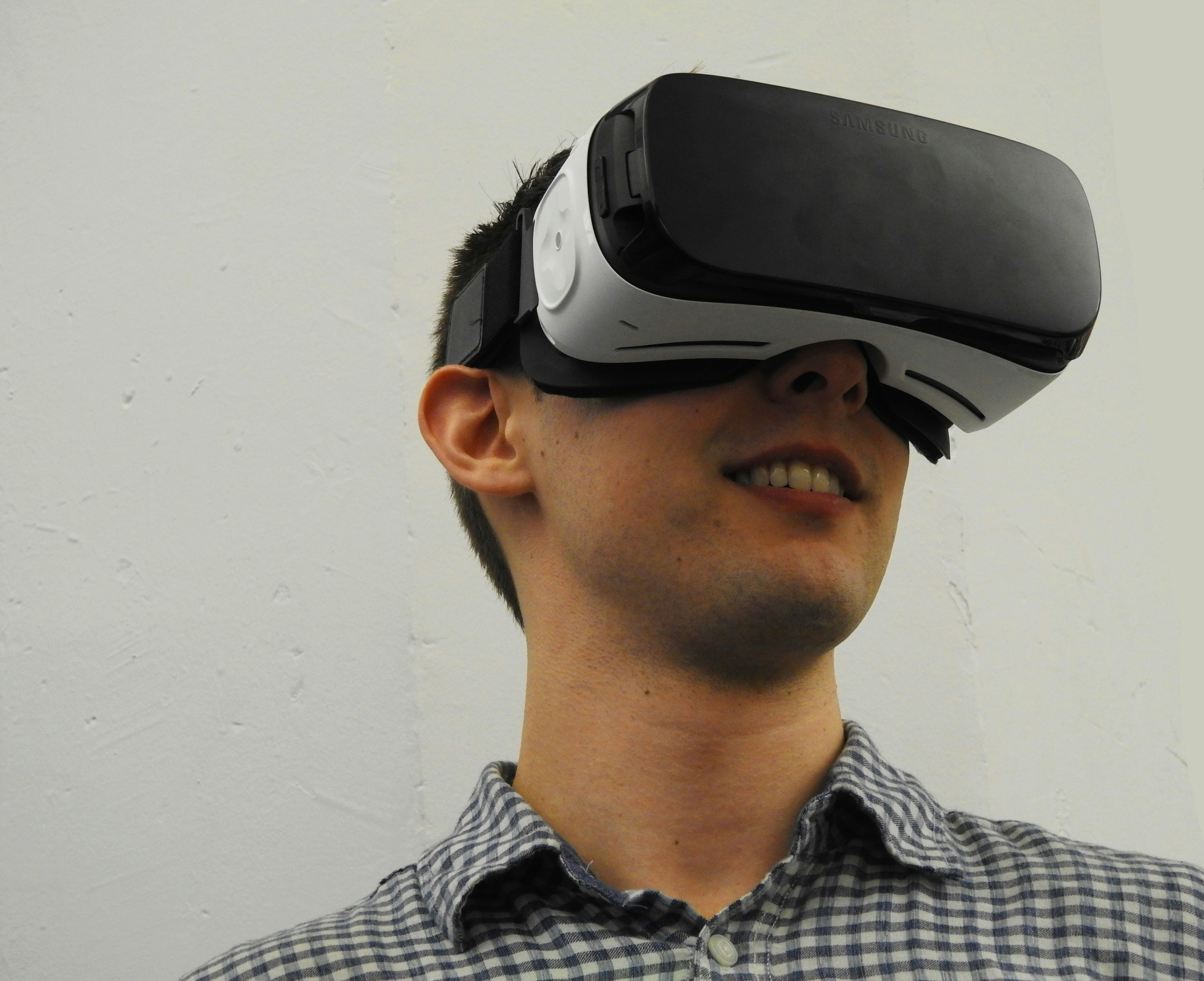Harness Quantum Computing: A Guide for Creative Professionals
In the rapidly evolving digital landscape, techniques once reserved for scientists are becoming essential tools for creative professionals. Imagine harnessing the enigmas of quantum computing to enhance your problem-solving skills in ways previously thought impossible. This article introduces you to the fascinating world of quantum algorithms, offering actionable insights to unlock your creativity and innovation potential. So, if you've ever fantasized about leveraging the power of quantum computing in your digital creations, you're in the right place!
Understanding Quantum Computing: What Creative Professionals Should Know
At the heart of this technological revolution lies quantum computing, a juxtaposition of quantum physics and computational power. While traditional computers rely on bits as the smallest unit of data (either 0 or 1), quantum computers utilize quantum bits or qubits, allowing them to perform multiple calculations at once. This capability opens doors to complex problem-solving that classical computers are struggling with today.
What makes quantum computing particularly enticing for creative professionals is its ability to handle massive datasets while simultaneously exploring solutions across various dimensions. Think of it as an artist's palette—where traditional tools provide a limited range, quantum tools introduce new shades and textures you weren't aware existed.
The Basics: Key Concepts in Quantum Computing
Qubits: The Building Blocks of Quantum Systems
Understanding qubits is crucial for creative professionals diving into quantum territory. Unlike bits, qubits can exist in multiple states at once due to a property called superposition. Simply put, it's like being able to create in a multitude of styles all at once—imagine being able to paint or design several variations of your project before settling on the final piece.
Entanglement: A Quantum Connection
Another core concept is entanglement, an unprecedented connection between qubits that allows them to remain intertwined even when separated. This principle can be beneficial in collaborative creative efforts, fostering complex and hybrid project approaches. For instance, diverse talents can work on projects simultaneously, combining skills and insights that push the boundaries of mainstream creativity.
Quantum Algorithms: The Creative Toolkit
At the pinnacle of quantum computing lies the algorithm. Just as a creative professional needs tools and frameworks—be it for graphic design, music production, or writing—quantum algorithms serve as the blueprint for enhancing your outputs. These algorithms can optimize tasks such as content generation, rendering graphics, and simulating environments faster and more efficiently than classical methods.
Real-World Applications: Quantum Computing in Creative Industries
While it may seem abstract, quantum computing is already making waves across various creative industries. Let's explore a few compelling applications:
1. Quantum Design in Fashion
Imagine using quantum algorithms to predict trends or even render an entire clothing line before a single thread is sewn. Designers like Iris van Herpen have already started integrating advanced technologies into their collections, and quantum computing could enhance this process further. By analyzing trends and customer preferences at an unprecedented scale, designers can create exactly what the market desires in real time.
2. Music Composition and Production
Composers are already experimenting with generative music—a process where algorithms assist in creating new musical pieces. With quantum computing, this can go beyond mere improvisation. Tailoring music to specific environments, moods, or even audiences will become a reality, allowing for a dynamic listening experience that changes based on real-world inputs.
3. Filmmaking and Visual Effects
From special effects to post-production editing, filmmaking is another area ripe for innovation. Quantum computing can streamline rendering processes, handle enormous volumes of data, and even suggest edits or improvements during the editing phase, saving creatives hours of painstaking detail-oriented work.
4. Game Development: A New Frontier
The gaming industry can benefit tremendously from quantum computing. The ability to simulate complex environments and render graphics in real time opens endless possibilities for interactive storytelling. Game designers can create rich narratives that adapt to user choices dynamically, thus elevating engagement levels significantly.
5. Virtual Reality and Augmented Experiences
Imagine a virtual space where art comes to life; where each qubit can represent an element of design, contributing to an immersive experience beyond our current digital realm. Leveraging quantum computing in augmented reality applications can yield experiences that resonate emotionally and aesthetically with users in ways we are only beginning to explore.
Getting Started with Quantum Computing: A Practical Guide
Embracing quantum computing in your creative process might seem overwhelming at first. Here’s a practical roadmap to help you dive in.
1. Start with Quantum Programming Basics
Begin by familiarizing yourself with basic quantum programming languages like Qiskit or Cirq. Both of these frameworks offer resources for beginners, allowing you to run quantum algorithms and understand their impact.
2. Join Online Communities
Surround yourself with like-minded individuals who are interested in quantum computing. Platforms like GitHub and dedicated forums provide ample opportunity to collaborate, ask questions, and share experiences.
3. Participate in Hackathons and Workshops
Many organizations host quantum hackathons or workshops. Participating in these activities can deepen your understanding and application of quantum principles in creative ways. Look for events focusing on industries relevant to your work, such as design or multimedia.
4. Collaborate with Experts
Forming partnerships with computer scientists, mathematicians, or quantum physicists can provide you with insights into the technicalities of quantum computing. Collective efforts often yield groundbreaking results, and you might find new avenues for innovation.
5. Experiment and Innovate
Finally, don’t hesitate to experiment. Whether it's composing music, designing a fashion piece, or creating a VR environment, apply what you’ve learned in small projects. Over time, your confidence with quantum tools will grow significantly, opening up larger creative ventures.
Building Trust in the Quantum Era
As with any emerging technology, trustworthiness matters. Quantum computing raises concerns that demand attention, including ethical considerations and data privacy. As a creative professional, consider establishing a set of guidelines for your projects. Evaluate what data you’re using, ensure transparency with your audience, and stay informed about evolving laws and standards around quantum computing and data security.
Next Steps: Your Quantum Journey Awaits
Embracing quantum computing as a creative professional means pioneering a path into uncharted territories. Remember that this journey is not just about adopting advanced technology; it's about reshaping how we think and create. As you integrate quantum algorithms into your arsenal, focus on the value you can deliver and stay true to your creative vision.
Whether it’s through music, design, or digital narratives, leverage quantum techniques to explore innovative solutions that inspire. Eager to take the leap? Why not start with small projects, apply quantum insights, and witness your creativity transcend traditional boundaries? The realm of quantum computing awaits, ready to transform your creative potential!


















